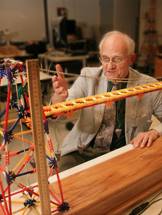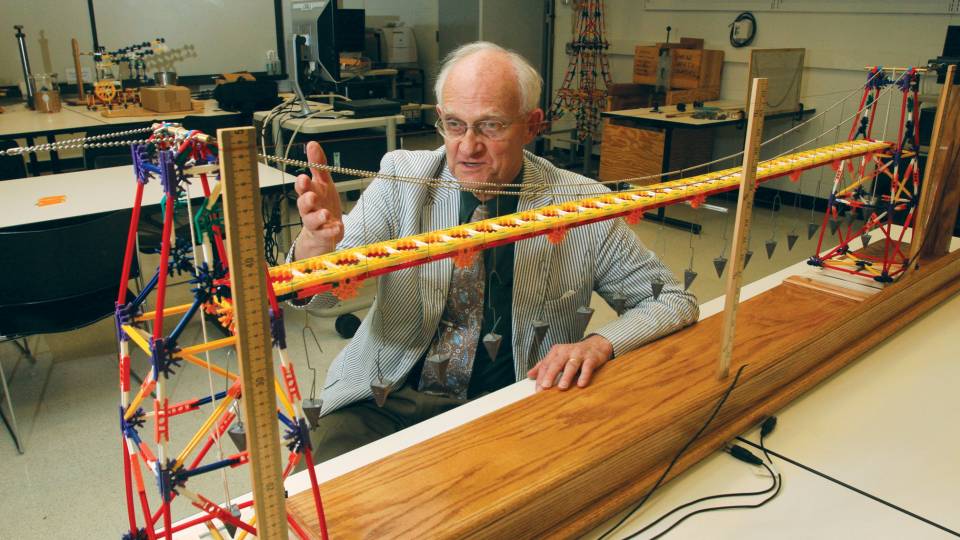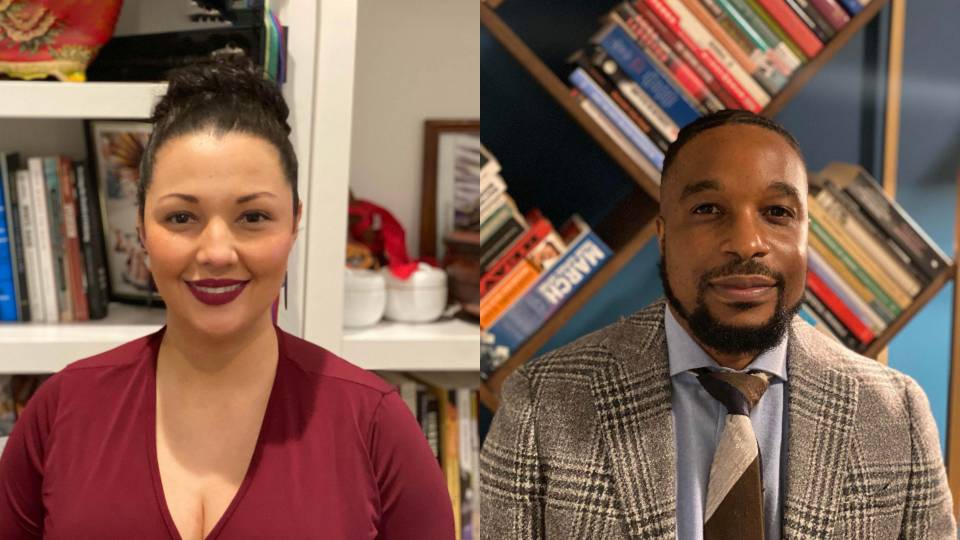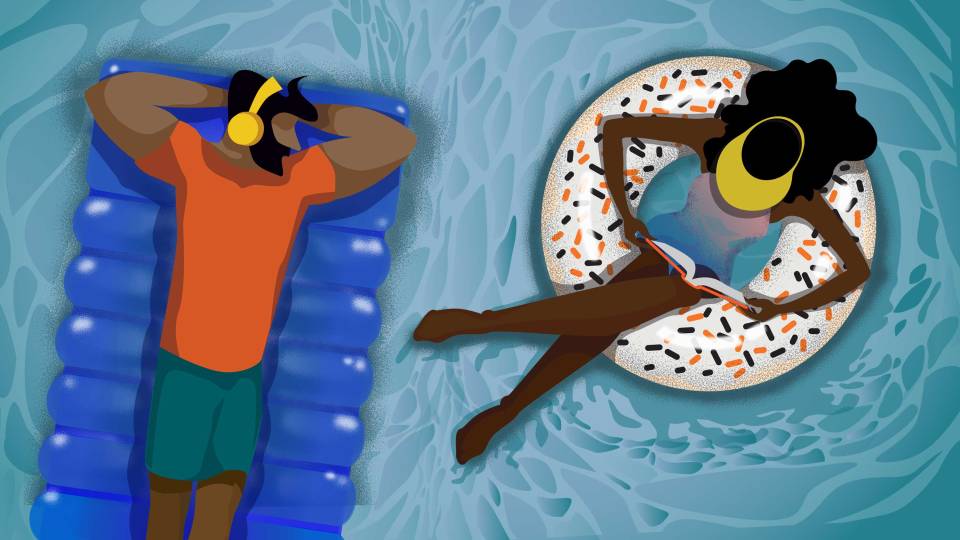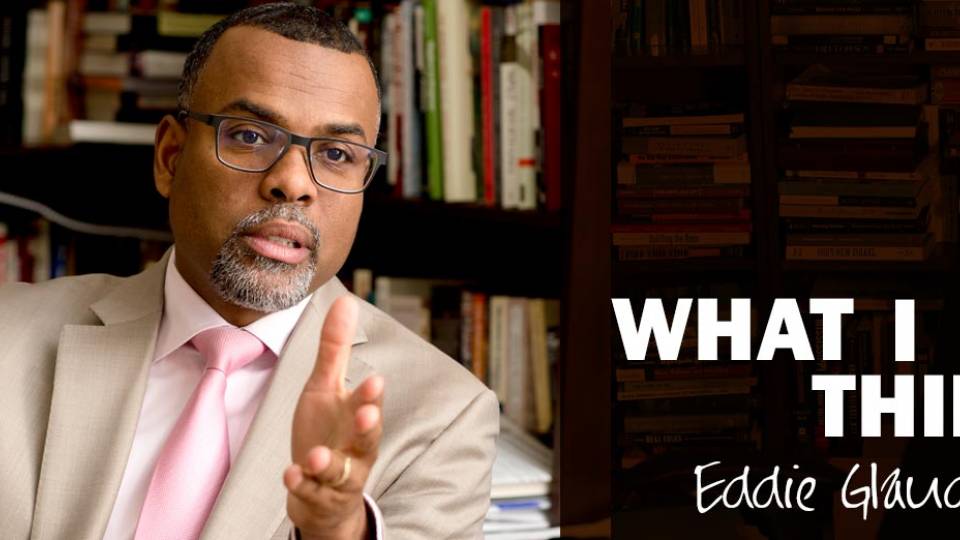From the Nov. 6, 2006, Princeton Weekly Bulletin
David
P. Billington is well known for connecting engineering to other
disciplines within the University -- to the humanities, art, science
and politics. His courses in "Structures and the Urban Environment" and
"Engineering in the Modern World" combine the study of engineering with
an exploration of the aesthetic and social values intrinsic to it, an
association of ideas that have made them some of the most popular
courses among engineering and non-engineering students for decades.
Billington,
the Gordon Y.S. Wu Professor of Engineering, has taught perhaps 5,000
Princeton undergraduates since joining the faculty in 1960.
“It
would have never occurred to me to make these kinds of connections if I
had not been at Princeton,” said Billington. “I don’t think it would
have been possible at other universities to have such long and fruitful
conversations with other disciplines. But I was able to do it here
because of the University’s relatively small size and because the
engineering school is so integral to the University itself.”
Billington's
latest project is a book that provides an accessible account of eight
breakthrough innovations that transformed American life from 1876 to
1939. He and his son, historian David P. Billington Jr., collaborated
to write "Power, Speed and Form: Engineers and the Making of the 20th
Century," published this month by Princeton University Press.
The authors provide short narrative accounts of each breakthrough to
explain the engineering behind the innovation and to describe how its
innovators thought. On Oct. 27, he and his son were keynote speakers in
San Diego at the annual conference of the National Academy of
Engineering’s Center for the Advancement of Scholarship on Engineering
Education.
Billington has earned numerous honors for his
scholarship and his teaching, including three Engineering Council
awards. When Billington received the President’s Distinguished Teaching
Award in 2001, one former student praised him as “the best instructor,
the most inspirational adviser, and the professor with the most lasting
impact on my interests and thinking.” In 2003, he received the National
Science Foundation Director’s Award for Distinguished Teaching Scholars.
In
a recent conversation, Billington spoke about the beauty of
engineering, his approaches to teaching and how Princeton has changed
in the past 50 years.
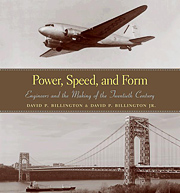
Why did you and your son write the book?
The book grows out of my class “Engineering in the Modern World,” which I teach with Michael Littman
[professor of mechanical and aerospace engineering]. It is often the
largest course offered by the engineering school, and it draws
engineering and liberal arts students alike. All of my scholarship
grows out of this introductory course and two similar ones, and it
feeds into those courses. I think of every lecture as a peer-reviewed
publication.
The idea of the book, which is a follow-up volume
to my 1996 book “The Innovators,” is to focus on individual people and
to differentiate between true innovators and mere inventors. The
difference is that an inventor takes out a patent on a specific
invention. There are hundreds of thousands of inventors but many fewer
innovators. An innovator in private industry brings an invention to
market so that it has a place in the market economy, while an innovator
in public works designs a new type of structure that has widespread
impact.
There are two types of innovations. One type is an
improvement on something that already exists. Then there are radical
innovations, which truly change the culture. The telephone and the
radio were radical innovations. The cell phone is less so because it is
basically an improvement on existing innovations in wireless and the
telephone. I don’t denigrate the more gradual kind of invention; it’s
just that the other kind is more interesting to teach in an
introduction to modern engineering.
Do these innovators share certain characteristics?
I’m
naturally suspicious of general theories of innovation. Each one of
these individuals is unique. But I would say they share a strength of
character and an ability to think independently. For big thoughts,
thinking alone is usually the most productive approach. But such
engineers can only be successful in a technologically strong culture
and usually with a group of talented people as assistants.
You have been an innovator yourself in the field of engineering education.
I’m
trying to break out of the tradition of the standard way of introducing
engineering. Technological literacy should be part of the liberal arts.
Our life is an artificial world, and everything in our life is bounded
by the built environment. I want my students to be equipped to see and
interpret in an educated way the engineered environment that surrounds
them.
On the other hand, I would like engineers themselves to be
more imbued with the history of their profession. If you ask most
engineers, “Who are the greatest engineers of the 20th century?” you
will often get a blank look. The engineering field is forward-looking
and with good reason. But the future is always an outgrowth of the
past. You can’t grow from nothing.
What innovations do you cover in the book?
Alexander
Graham Bell’s telephone, Thomas Edison’s light and power network, oil
refining breakthroughs, the automobile, the airplane, the radio,
large-scale steel bridges and concrete structures, and the streamlining
of automobiles and airplanes in the 1930s.
One of my favorite
innovations is William Burton’s idea for obtaining gasoline from crude
oil. Standard Oil began using the method in 1913, about the time that
Henry Ford perfected his mass-production system for making automobiles.
Burton’s process vastly increased the amount of gasoline that could be
produced from a barrel of crude oil and therefore had a tremendous but
frequently overlooked role in the ascendancy of the automobile and in
the more efficient use of natural resources.
Who are your favorite innovators?
In
personal terms, I would say that Orville and Wilbur Wright were such
stellar people that they come across very well. If we were just writing
hagiography, it would not be nearly so interesting. These were real
people. They were flawed and stubborn but possessed brilliant insight
as engineers. Samuel Morse and Henry Ford could be nasty. You don’t
have to revere them to respect their innovations.
You have said that innovators are very different from scientists. How?
Unlike
a scientist whose goal is discovery, the goal of engineers is to design
new objects or systems. [Samuel] Langley, the head of the Smithsonian,
approached the problem of flight as a scientist, and he was
unsuccessful. The Wright brothers focused on full-scale testing and
relatively simple mathematical formulas to design their pioneering
airplane. All the innovations we explore used relatively simple
numerical ideas. Our book is unique in that we gently weave these
mathematical concepts into the narrative accounts of each breakthrough.
Your
new book has lots of images (including a photo of you and your brother
James at the 1939 World’s Fair). Long before the invention of
PowerPoint, images were an integral part of your courses. Why?
When
I was a student, no matter what subject you took you rarely saw images
except in art history or architecture. The images help me communicate
the visual, expressive power of all engineering. In addition, in the
structures course, I want my students to study those engineering works
the same way they would analyze paintings by Klee or Turner.
Are innovations works of art?
The
definition I use to distinguish art from non-art is that art must be
intentionally designed aesthetically. Engineering is driven by
efficiency. As my students have heard me say time and again, the best
structural engineering is a result of the three Es: efficiency, economy
and elegance. Aesthetics are integral to the design, not some
contortion of good engineering or simply a decorative pastiche.
You have revamped your spring structures course. Why?
Because
the course already deals with the urban environment, we want to expand
the material covered to include such things as the Big Dig in Boston
and New Orleans in the aftermath of Hurricane Katrina. To make room for
all this new material, we have radically simplified the emphasis on
calculations, so the course should appeal to all students.
You and your brother, the Librarian of Congress James H. Billington, are both Princeton class of ’50. Are you twins?
We’re
not twins, even though we have the same birthday. I am two years older.
We both came to Princeton as freshmen in 1946. I came after spending a
year after high school as an electronics technician in the Navy, which
had the misguided notion that people who were good in math and physics
would be good at fixing radar sets. This was not so, at least in my
case.
My brother is brilliant and he skipped a grade. He majored
in history; he was such a stellar scholar [he would become
valedictorian of their class] that many people thought that I went into
engineering simply because I wanted to be as far away from him as
possible. Actually, I was always interested in building, and I was
genuinely drawn to the field. However, Jim did drag me to a lot of
history lectures. I especially remember E. Harris Harbison, Gordon
Craig and Joseph Strayer -- they were all brilliant and formed a real
powerhouse [in the history department].
Kenneth
Condit, who at that time was the pioneering dean of the School of
Engineering, had invented an academic program called Basic Engineering.
It was for generalists rather than specialists. I took a wide range of
engineering classes and had more electives than the liberal arts
students did. My “Engineering in the Modern World” course is really a
boiled down version of that whole program.
When did you come back to Princeton to teach?
After
I graduated I won a Fulbright fellowship and went to study in Belgium,
where I was exposed to a lot of innovative work in pre-stressed
concrete. This made me valuable when I got back two years later to the
United States, which was behind in this field. I worked in New York
designing structures for a consulting engineering firm. In 1958 I was
invited to teach a night course at Princeton, and two years later I
joined the faculty.
How has the University changed over the years?
When
I was an undergraduate, the ethos was mostly undergraduate-oriented. I
had [former University President] Robert Goheen as a preceptor. The
move toward a research university has been monumental. Princeton, more
than any other research university, has retained the principle of
undergraduate education but the great emphasis on research has still
been a major change.
When I began teaching, Princeton was
exclusively male. The students are of course more diverse now. And they
are as vibrant as ever.
Although you are not formally
trained in history, you and James are both historians. Was history
highly prized in your family growing up?
My father really
should have been a history professor. But when he was 14 his father
died, and he had to support the family; he ultimately became an
insurance broker. Jim fulfilled his ambition. In another era our mother
would have been an engineer; her father was an engineer, and she was
very good in math and science. Instead she became a home economist and
was the cooking editor of the Curtis Publishing Co. and helped to found
Jack & Jill magazine.
We grew up middle-middle-class
outside of Philadelphia in Merion, Pa. Our parents lost all their money
in the Depression. We had a truly wonderful upbringing in that it was
not privileged. We hardly went anywhere in the summer. We were a close
little family. It was very happy but not consciously intellectual. Jim
and I loved comic books; we had a huge collection that we would loan
out to our friends.
And now your son David Billington Jr. is
a historian too, working as an independent scholar. What was it like to
work together on this book?
David has described our work
together as a collaboration in which each has learned from the other. I
think that is absolutely correct. I grappled with this book for 10
years and then turned it over to him. David’s contributions changed the
focus of the book to emphasize some important new themes. In some ways,
this is perhaps more his book than mine, which is particularly
impressive given that at the same time he was completing a significant
book on modern British history that was also published this year.
Now that this book is finished, what lies ahead for you?
One
principal challenge now for me is to ensure that the teaching of
engineering becomes a significant part of the liberal arts curriculum
at Princeton and that all engineering students gain an understanding of
the grand tradition of modern engineering. A vital way to meet this
challenge will be to educate, through my graduate program, a new kind
of teacher-scholar. These students will learn how to do first-rate
structural engineering scholarship during the course of their doctoral
work; they will also teach in introductory courses and their research
will in turn enrich these courses. Then, as exemplars of this
teacher-scholar model, the students will carry this tradition forward
as they take positions in other colleges and universities.
